Unforgettable Wildlife Encounters: 8 Places to See Animals in Their Natural Habitat
See orangutans swinging from tree-to-tree in the Bornean rainforest, witness wildebeest outrun lions in the Serengeti, or watch turtles laying their eggs on a Costa Rican beach. The natural world is full of wild possibilities - and these biodiversity hotspots are among the best to see them play out.
The serene simplicity of nature - particularly in its most dramatic forms - might be the perfect antidote if you’re feeling overwhelmed by the headlong rush of modern life.
Out on the Serengeti Plains, the Bornean rainforests, or the Antarctic ice, the main objectives are often how to find food and avoid becoming food - objectives which stand in stark contrast to the multitude of worries faced by the average human.
Wildlife, while sometimes barbaric, presents a timeless beauty that enlivens yet becalms the soul.
Here are 8 of the best places to enjoy some high octane animal watching…
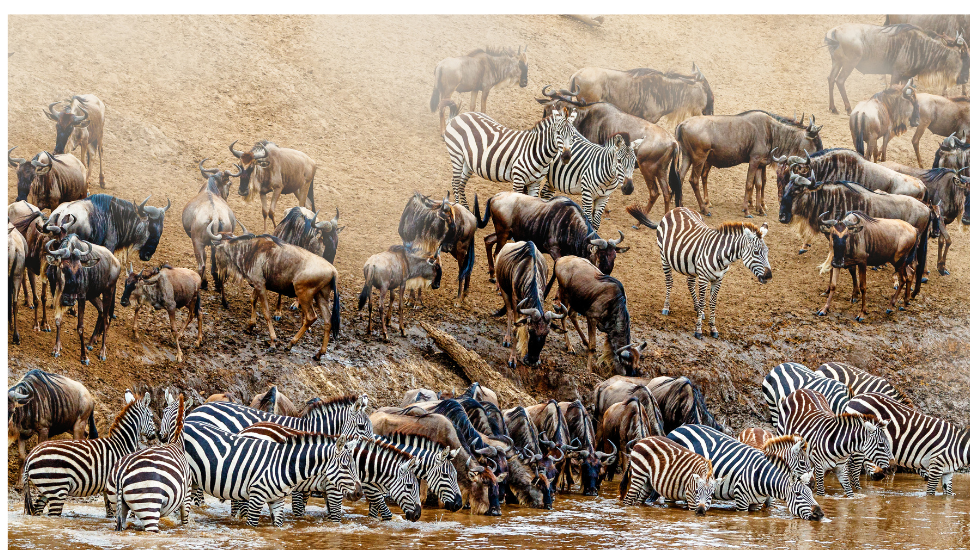
1. Masai Mara, Kenya: The Great Migration
Swap the concrete jungle for the wide open plains of the Serengeti, and witness nature at its most glorious - and often, its most brutal.
Each year, millions of wildebeest, zebras and gazelle surge across Tanzania’s Serengeti to Kenya’s Masai Mara, seeking out fresh grasslands. In doing so, some of these animals unwittingly find themselves on the menu, as hungry lions and crocodiles target stragglers.
The Masai Mara is also home to elephants, leopards, rhinos and buffaloes which, together with lions, make up the famous “Big Five” - the quintet of exotic beasts that any self-respecting safari fan wants to see.
Safari adventures don’t get much more rewarding then this.
- Best Time to Visit: July to October is the prime time to witness the migration and the dramatic river crossings, where predators like crocodiles lie in wait.
- Wildlife Highlights: In addition to the migrating herds, visitors can expect to see big cats, hyenas, giraffes, and various bird species in this ecotourism
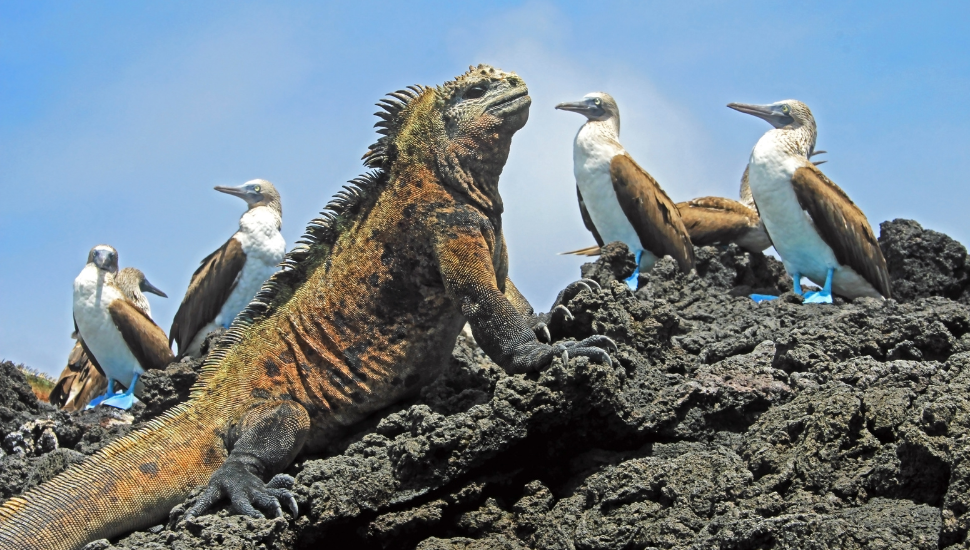
2. Galápagos Islands, Ecuador: A Living Laboratory
In most parts of the world, animals have learned to fear humans. But on the Galapagos islands, marooned in glorious isolation for so long, the local wildlife looks upon human visitors with mild curiosity. This means you can get up close to giant tortoises, marine iguanas, Galápagos penguins, blue-footed boobies, and sea lions - making these islands a dream come true for nature fans.
It’s a biodiversity hotspot unlike any other.
- Best Time to Visit: The islands can be visited year-round, but June to December is ideal for cooler weather and active wildlife.
- Wildlife Highlights: In this most unique of conservation areas you’ll encounter giant tortoises, penguins, blue-footed boobies, marine iguanas, sea lions and more. The waters around the islands are also home to dolphins, whales, and sharks.
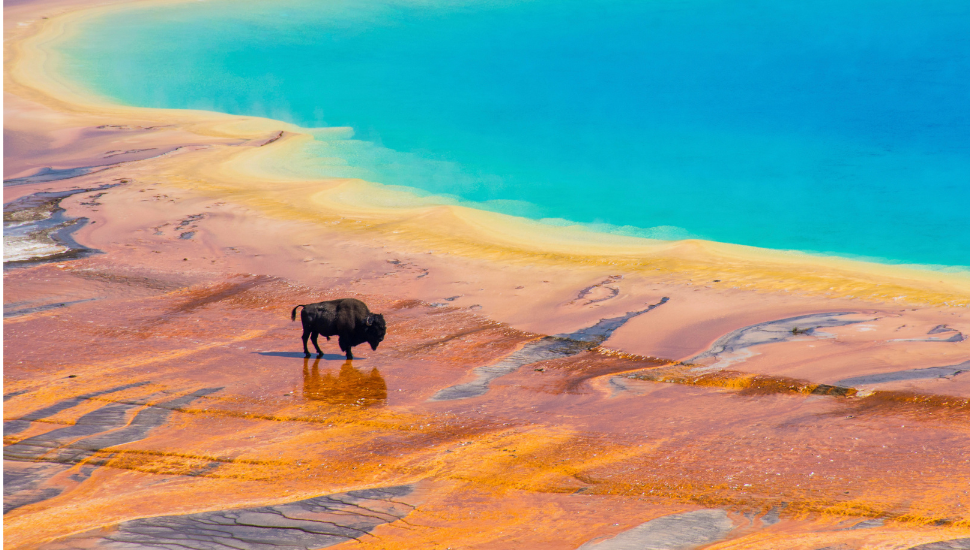
3. Yellowstone National Park, USA: America's Wildlife Wonderland
Yellowstone National Park is one of the rewarding places in the United States for wildlife watching. The park’s diverse ecosystems support a wide range of species that you won’t find in the UK, and its vast open landscapes make it easy to spot large mammals.
Adding to the excitement, perhaps, Yellowstone is actually a supervolcano that could - in theory - erupt at any time (however, scientists are unsure if there is enough magma for such a catastrophic event).
The park’s geysers, hot springs, mud pots and fumaroles are almost as enticing as the wildlife.
- Best Time to Visit: Spring and early summer (April to June) are the best times for wildlife spotting, as many animals are more active and easier to find.
- Wildlife Highlights: Bison, elk, wolves and grizzly bears (don’t forget the bear spray) are the stars of Yellowstone. Moose, bald eagles and beavers also call this ecotourism mecca.

4. Borneo, Malaysia/Indonesia: A Primate Paradise
If you long to ‘get away from it’, it doesn’t get much more ‘away’ than the ancient rainforests of Borneo, populated as it is with a thrilling array of primates - including the critically endangered orangutan.
These shaggy reddish-haired creatures are mostly found in Sarawak and Sabah, to the east, particularly on Kinabatangan River, Danum Valley and the Deramakot Forest Reserve.
- Best Time to Visit: The dry season, from March to October, is the best time for trekking and wildlife viewing.
- Wildlife Highlights: Alongside orangutans, Borneo is home to pygmy elephants, proboscis monkeys, clouded leopards and sun bears. The island’s dense forests are also rich in birdlife, with hornbills and kingfishers frequently spotted.
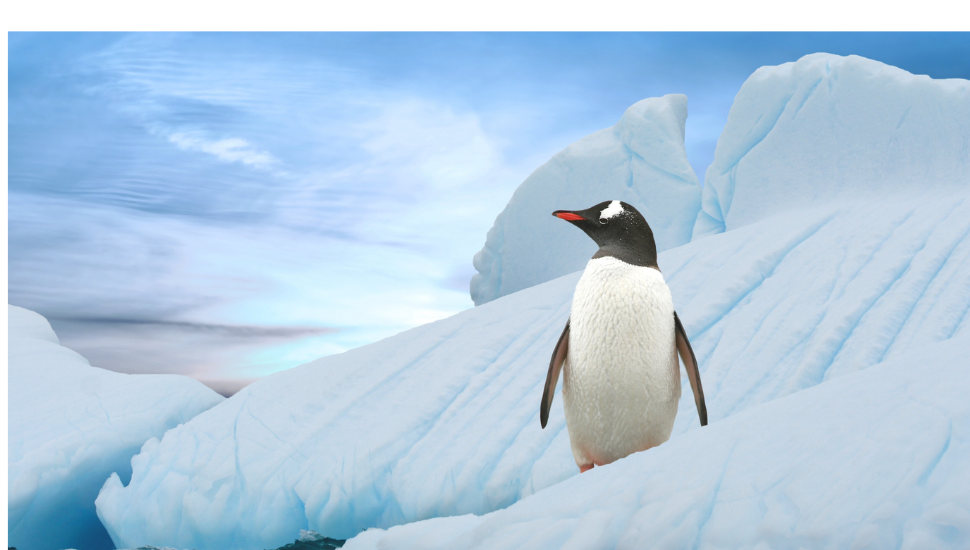
5. Antarctica: Penguins and More in the Frozen Continent
Only the coldest of hearts refuses to be charmed by the waddling gait of the penguin. But seeing them in your local zoo is no match for witnessing them in the wild and Antarctica is the best place to do so. Indeed, it's one of the only places to do so (if you wind up in the Arctic hoping to see a penguin, you’ll be sorely disappointed!).
- Best Time to Visit: The Antarctic summer, from November to March, is when most wildlife is active and breeding.
- Wildlife Highlights: Penguins are the stars of the show, with species like the Emperor, Adelie and Gentoo penguins all present. You’ll also encounter seals, whales and seabirds such as albatrosses and petrels.
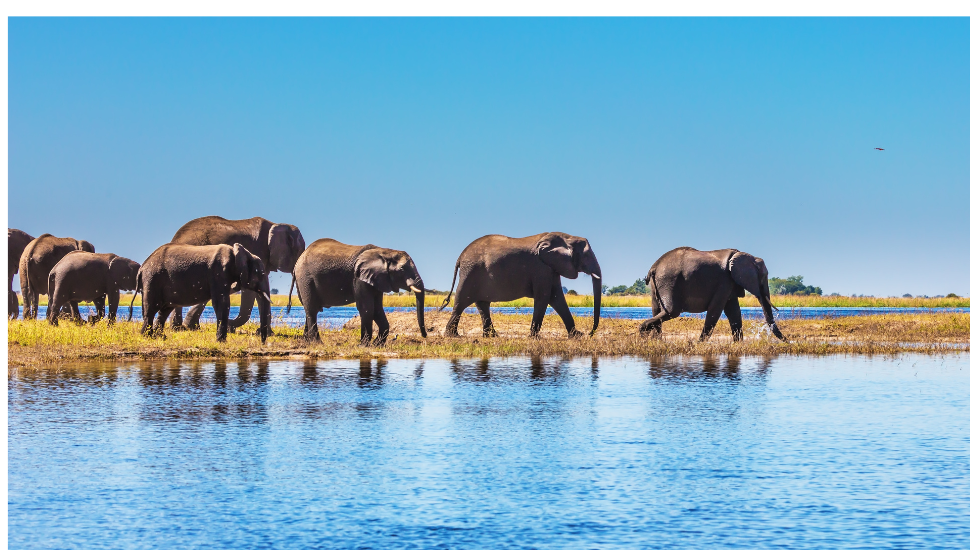
6. Chobe National Park, Botswana: The Elephant Capital
The African elephant is the planet’s largest land animal and there’s nothing quite like seeing one in its natural habitat. One of the best places to do so is Chobe National Park in Botswana, which has done an excellent job of conserving and growing its elephant population.
This conservation area’s varied ecosystems, including floodplains, swamps and woodlands, support an abundance of other wildlife too, making it a great destination for a safari. Sadly, however, seeing a rhino is extremely rare due to poaching.
- Best Time to Visit: The dry season (May to October) is the best time for wildlife viewing, as animals congregate around the Chobe River.
- Wildlife Highlights: Chobe is home to one of the largest concentrations of elephants in Africa. Other animals to look out for include lions, leopards, hippos and giraffes.
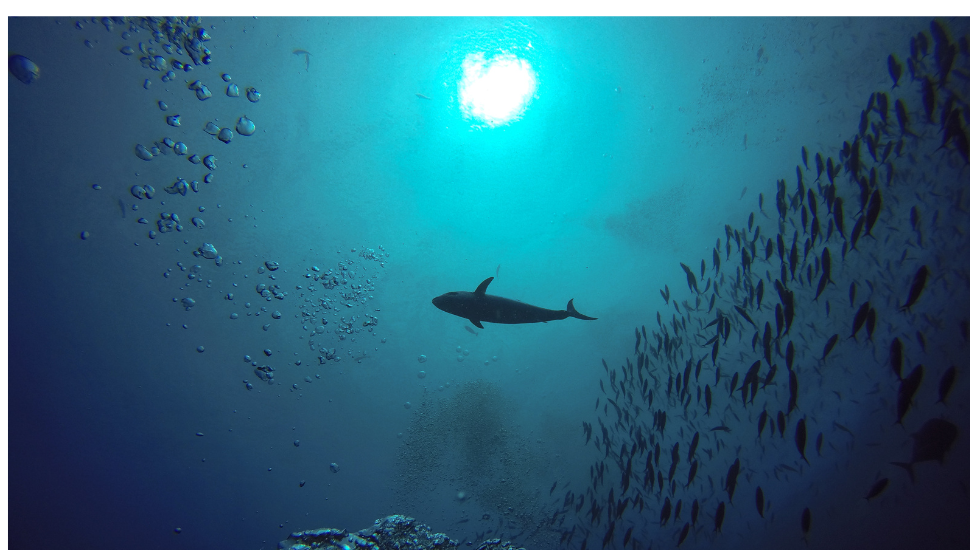
7. Raja Ampat, Indonesia: Underwater Wonders
If you love diving or snorkelling among tropical fish, manta rays, turtles and whale sharks, then Indonesia’s Raja Ampat island should be at the top of your hit-list.
Boasting some of the highest levels of marine diversity in the world, coupled with crystal clear waters so you can see it all, this area is a relentlessly kaleidoscopic delight for the senses.
- Best Time to Visit: October to April offers the best diving conditions, with calm seas and excellent visibility.
- Wildlife Highlights: Beneath the waves, you’ll encounter manta rays, whale sharks, turtles and hundreds of species of fish. Raja Ampat is also home to rare birds, including the stunning Wilson’s bird-of-paradise, with its red-blue-yellow plumage.
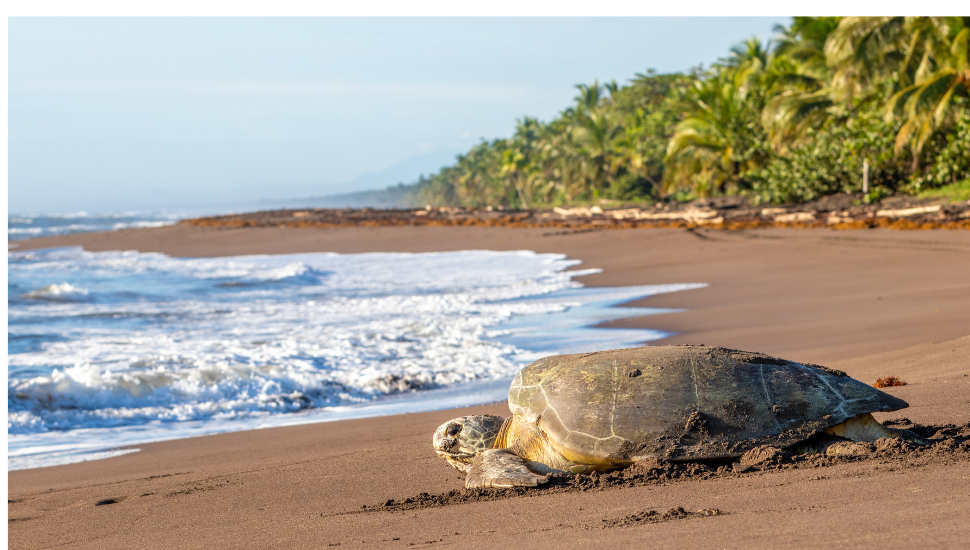
8. Tortuguero National Park, Costa Rica: A Haven for Sea Turtles
Few experiences match seeing tiny flippers poke out of a sand heap, before hundreds of baby turtles disinter themselves and make a crazed dash for the sea.
These most vulnerable of creatures have a mighty task ahead of them. Indeed, only 1 in 1000 hatchlings will make it to adulthood.
Tortuguero National Park on Costa Rica’s Caribbean coast is one of the best places in the world to see this incredible event - although being in the right place at the right time is a tall order. You're much more likely, however, to see turtles laying their eggs on the beach here.
Several species call Tortuguero home (the park’s name means “turtle catcher” in Spanish).
- Best Time to Visit: The main turtle nesting season runs from July to October, with hatching taking place in September and October.
- Wildlife Highlights: In addition to sea turtles, this conservation area is home to a variety of other wildlife, including monkeys, sloths, jaguars and over 300 species of birds. Exploring the park’s network of canals by boat is an excellent way to spot wildlife.
Tips for Ethical Wildlife Encounters
Do your bit to preserve the wildlife you’ve come to enjoy: engage in ethical and responsible travel practices. Here are some tips…
- Choose Reputable Operators: Look for eco-friendly tour operators who follow responsible wildlife viewing guidelines, ensuring minimal disturbance to the animals and their habitats. Read reviews and look out for any relevant awards.
- Keep a Respectful, Safe Distance: Always observe animals from a respectful distance to avoid stressing them or altering their natural behaviour.
- Avoid Wildlife Tourism Exploitation: Be wary of attractions that allow direct interaction with wild animals, such as riding elephants, posing for photos with captive animals, or visiting turtle hatcheries that have been set up solely for tourism. Again, research attractions online before visiting them.
- Leave only Footprints and Ripples: Whether on land or in the water, make sure your presence doesn’t harm the environment. Stick to marked trails, avoid littering and refrain from touching coral or disturbing marine life when snorkelling or diving.
- Respect Requests of Eco-friendly Travel Providers: Ecologically-sound travel firms often make specific requests of visitors to help protect the environment. For example, many eco-minded snorkelling and diving companies insist that their guests wear eco-friendly sunscreen. These products comprise non-toxic UV filters and natural ingredients, and as such are much safer for reefs and sea life in general. Researching and purchasing such products ahead of your trip may save time, money and hassle at your destination.